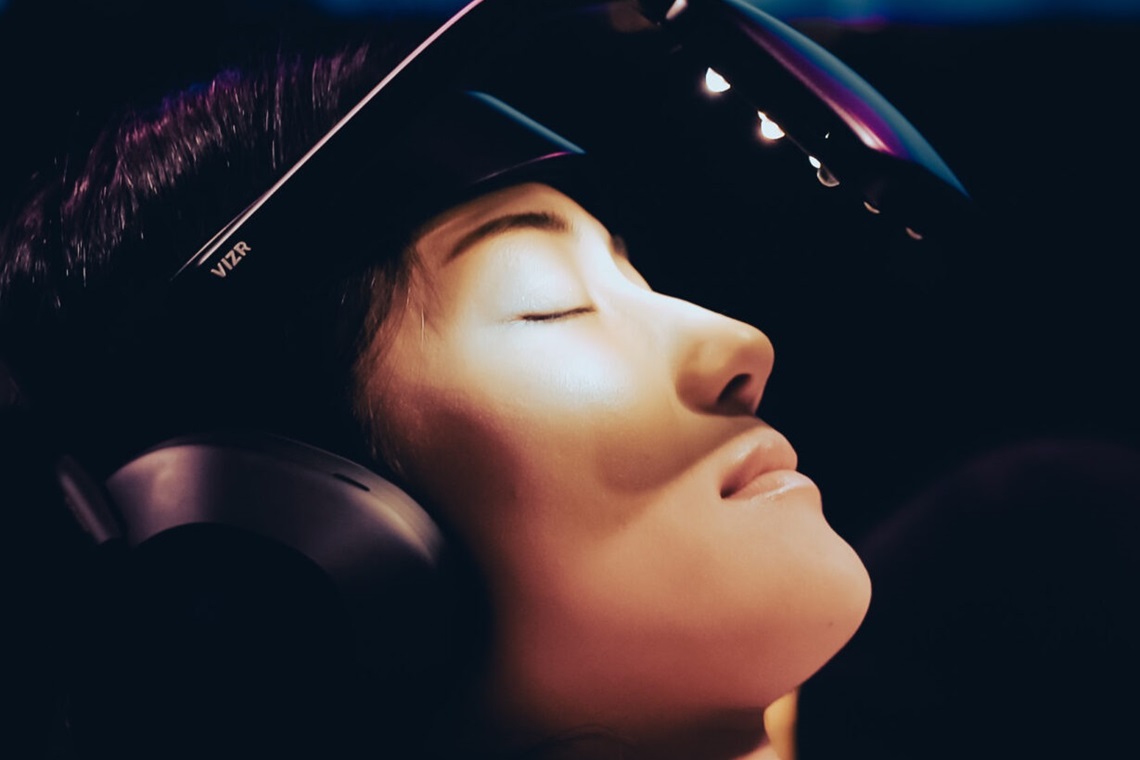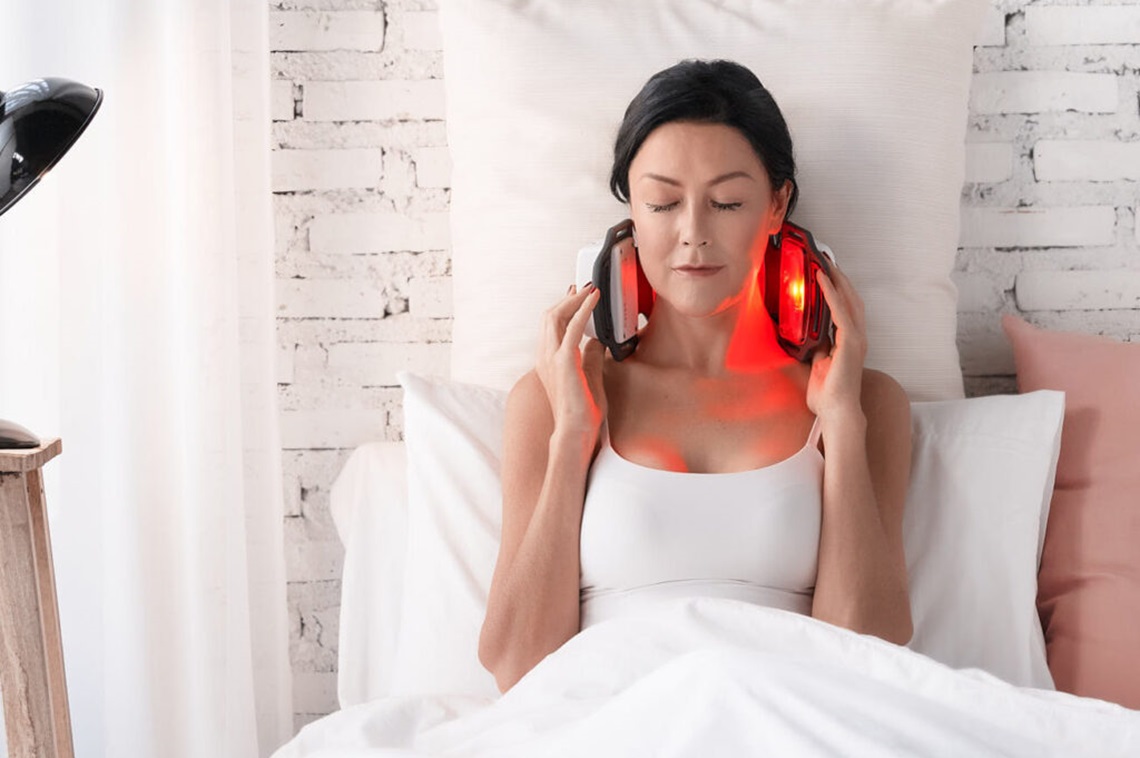Light In Motion
Stroboscopic light is more than just flickering—it’s carefully calibrated patterns, designed to sync with your brain’s natural rhythms. This can enhance relaxation, promote focus, or even elevate your mood. Special lights can be set at safe, non-invasive frequencies to ensure an enjoyable and engaging experience.
Your Brain, Ever-Adapting.
Engage. Enrich. Enjoy. Neuroplasticity is your brain’s natural ability to change and adapt by forming new connections. Think of it as your brain’s way of learning and evolving.
When exposed to the right stimuli—like Craft light and sound—the brain engages with these inputs, creating new neural pathways that can improve focus, relaxation, or creativity.
The Science of Light in Motion
Neural Dynamics of Stroboscopic Stimulation at Different Stimulation Frequencies by Rasa Gulbinaite et al. (2021) investigates how various frequencies of stroboscopic light affect neural dynamics, including signal diversity and spectral power, and examines the relationship between these neural changes and self-reported experiential content.
Effect of Frequency and Rhythmicity on Flicker Light-Induced Hallucinatory Phenomena by Loanna Alicia Amaya et al. (2023). This research explores how different frequencies and rhythmic patterns of flickering light influence the intensity and nature of visual hallucinations, providing insights into the neural mechanisms underlying these experiences.
Altered States Phenomena Induced by Visual Flicker Light Stimulation by Marie Therese Bartossek et al. (2021). This study examines the subjective experiences induced by stroboscopic light at specific frequencies, assessing alterations in consciousness and the vividness of visual hallucinations, and discusses the potential therapeutic applications of such stimulation.


